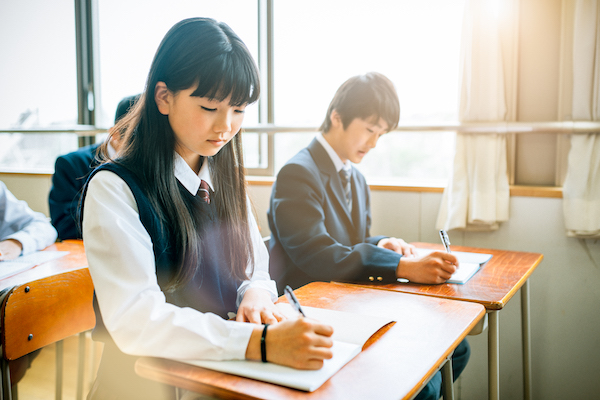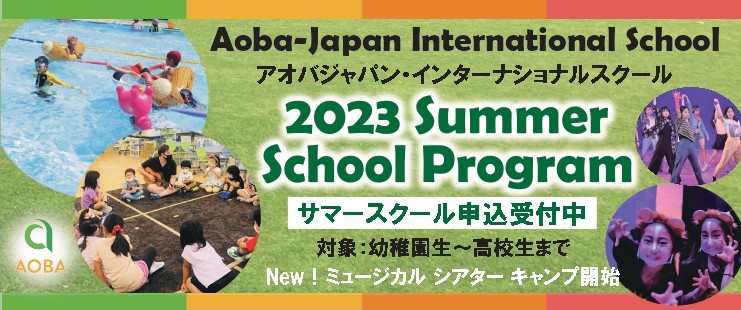Short answer: attending an international school my whole life.
Here’s my journey to becoming a Japanese and English bilingual, without spending any time studying abroad.
My first exposure to English was at a pre pre-school that I don’t even remember attending. Along with other babies – at this point we weren’t even able to speak – and our mothers or fathers, I sat on my mother’s lap bobbing up and down to the beat of nursery rhymes in English. We would listen to the ABC songs on repeat while some ran around the room and others standing with their knees casually hopping to the beat of the song.

Continuing into pre-school, I went to Kid’s World. It was pretty much the same as before, just that we were toddlers now. We participated in many activities with teachers in English. I have one strong memory of such which was when we made udon noodles from scratch and all of us sat in a line, eagerly waiting for our tu

rn to step and jump on the dough.
As a K3 student, I attended a nearby international school: Aoba Japan International School. I spent most of my childhood there until middle school. I remember joining several after school classes that varied from Drama Club to (extra) Reading Courses. Since they offered Saturday School, I also attended school then. All of these activities such as drama, music, math, etc, were all conducted in English. Attending an international school means you learn IN English.
During this time I also attended a Japanese public school during the summer. While attending, I only knew of another student in my school who did so, but I had also heard of kids attending schools in the States and coming back to Japan during the summer to do the same thing I did. Since I spoke Japanese to my family, attending and listening to classes wasn’t a huge transition or that difficult. In fact, it was a great opportunity because I got to experience what kids around my neighborhood studied and how they spent their time.
 I eventually changed to an international school that had an AP curriculum for high school students. Here I studied French as my language course. In most international schools in Japan, they offer language classes almost everyday of the week, including Japanese and other foreign languages. During the time I studied French, I went to cram school once a week to keep up with my Japanese, and I learned math and Japanese language.
I eventually changed to an international school that had an AP curriculum for high school students. Here I studied French as my language course. In most international schools in Japan, they offer language classes almost everyday of the week, including Japanese and other foreign languages. During the time I studied French, I went to cram school once a week to keep up with my Japanese, and I learned math and Japanese language.
During high school I decided to switch back to Japanese as my foreign language at school. I still went to cram school, but only for extra help in other subject areas such as chemistry and physics. During Japanese class, we followed the national Japanese textbooks (kyokashou) that were used in public Japanese schools. I still remember stories like Rashomon and Gongitsune. We also had Kanji tests each week, which were all based on individual levels.

Looking back, I was always learning something academic in both English and Japanese. Perhaps this helped me become bilingual. Yet I know other people who are bilingual in Japanese and English because they attended international schools in other countries due to their parents’ jobs, or they spent a few years during their childhood in an English speaking country. Even with the few years of English exposure during their childhood, it resulted in them being bilingual without the need for cram school or any additional schooling. At the same time some students find it difficult to communicate in either language even when attending international schools. Everyone’s paths to becoming bilingual is different, because everyone has their own way of learning. There is no set formula. Yet this is the path I was offered to become bilingual and I must say that I am extremely thankful for my mother who made these educational choices when I was a kid.




